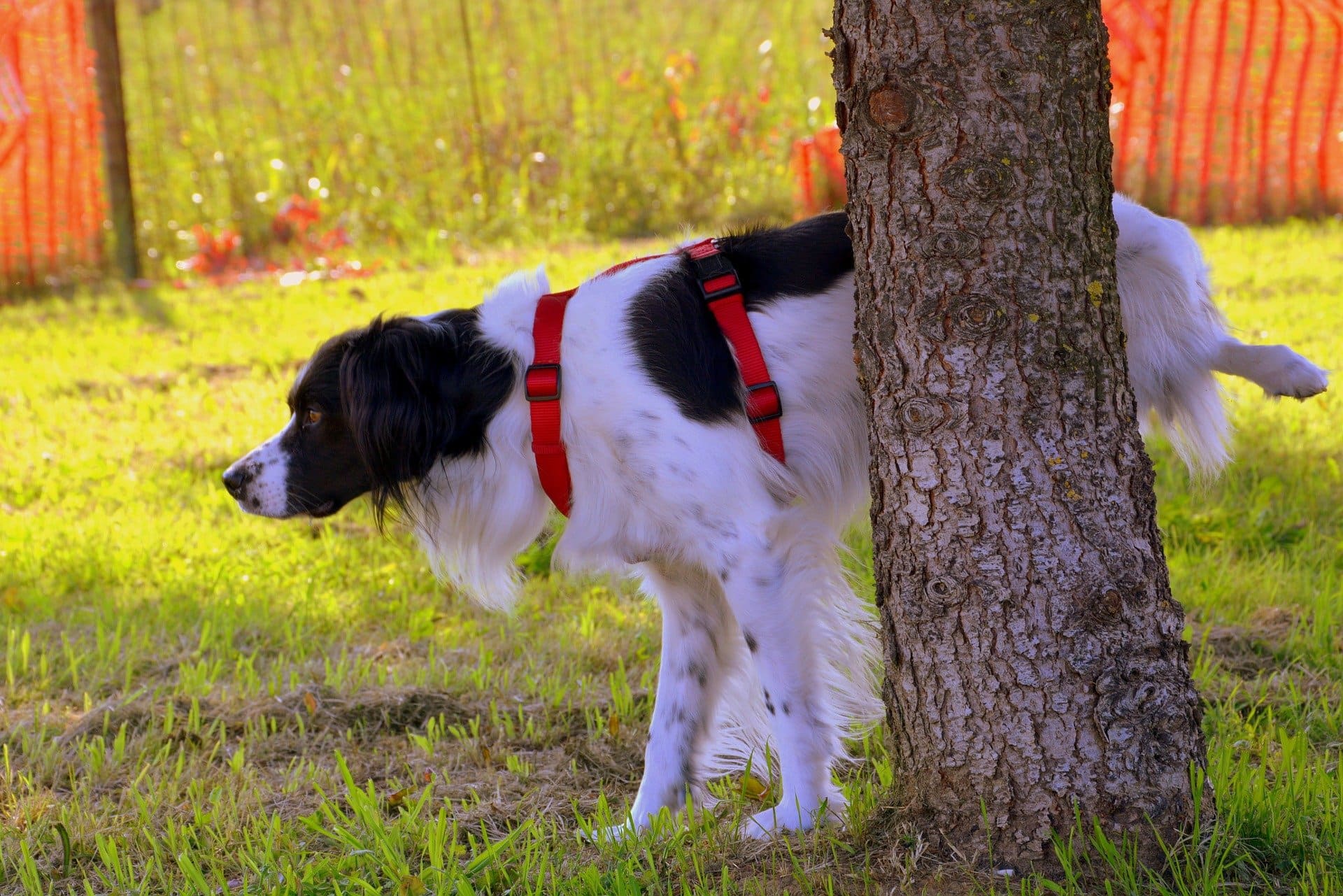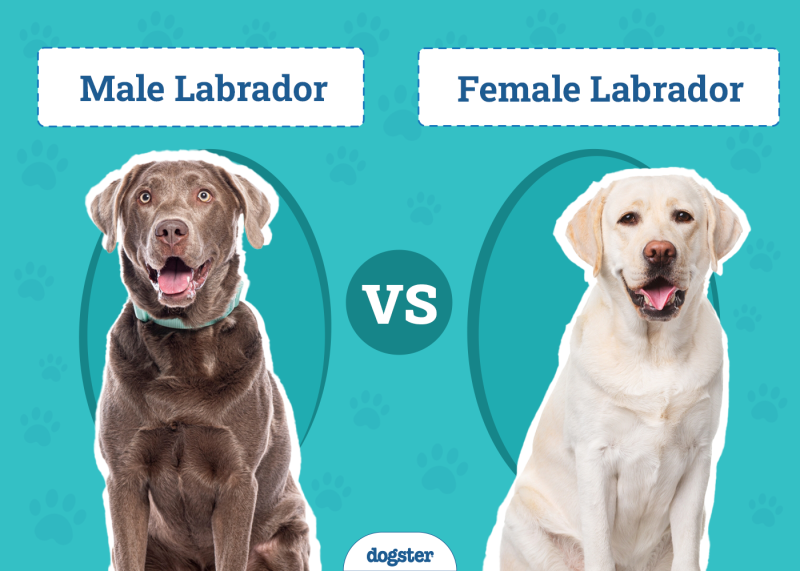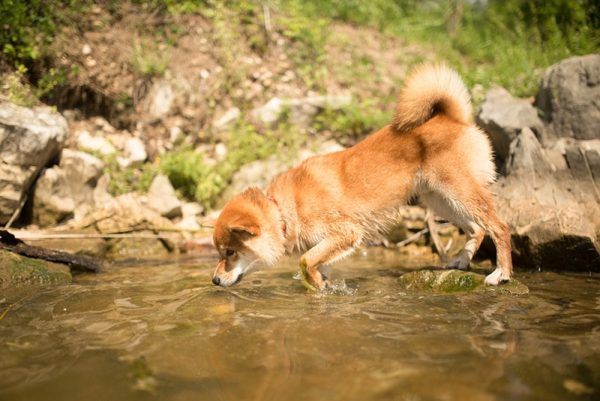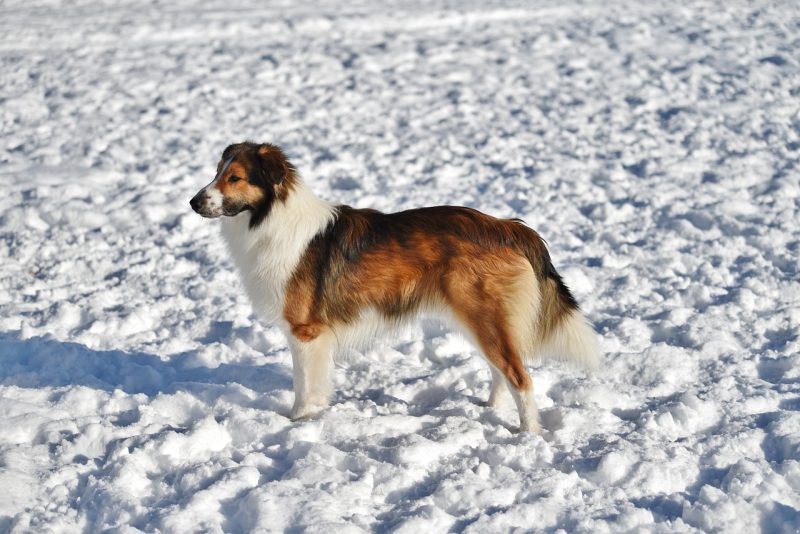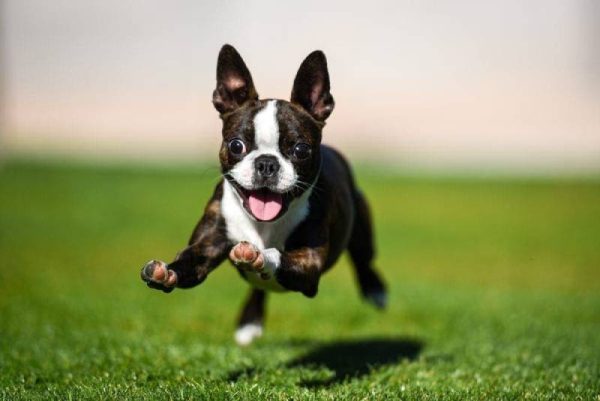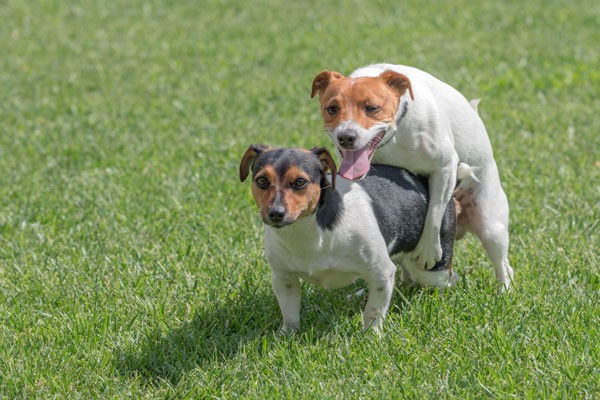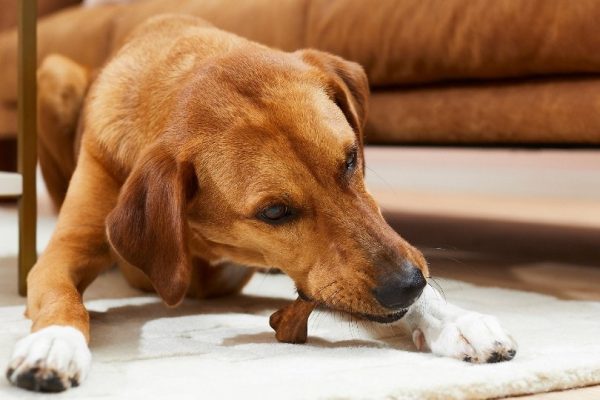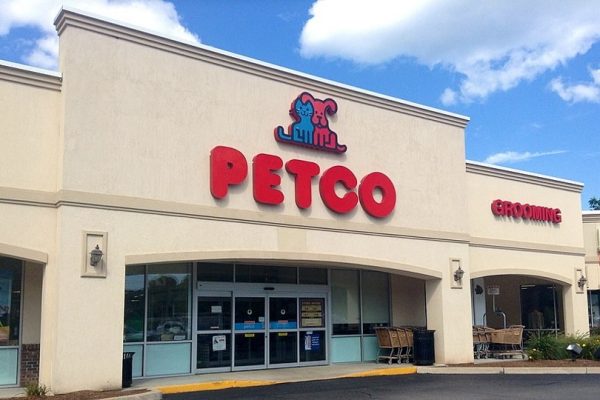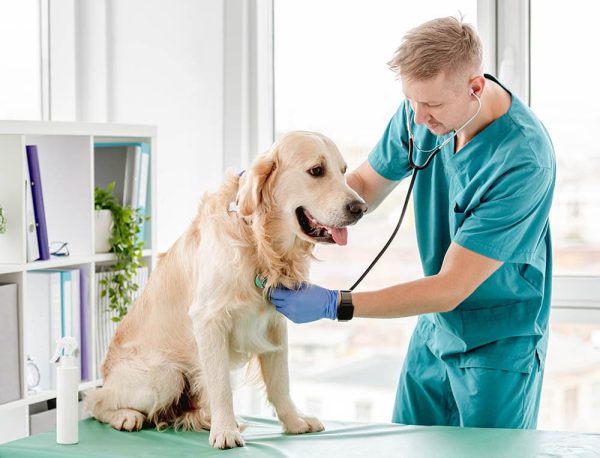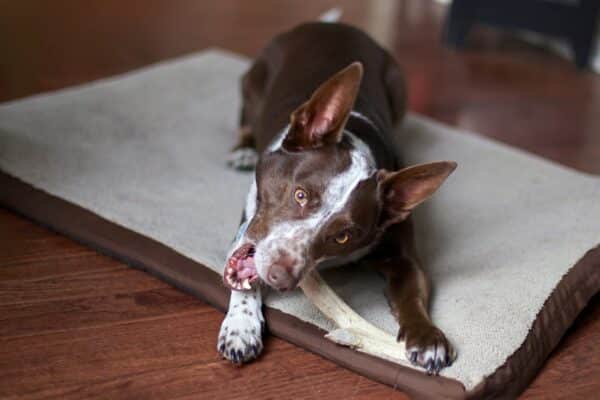In this article
Dogs have an evolutionary urge to mark things in their territory. In the modern world, dogs don’t exactly have a set territory, though. They spend much of their time in our yard and homes. However, when you go on a walk, it still isn’t uncommon to see them peeing on trees.
So what is the reason for this behavior? Dogs pee on trees to tell other dogs that they were there—and that they want to claim that tree.

Why Do Dogs Mark?
Some dogs are more prone to peeing on trees than others. Males are particularly likely to mark on a tree if they smell a female in heat. The two dogs don’t need to be near each other in the least. If the male smells that the female walked by at some point, he will likely feel the need to mark.
Both males and females that have not been neutered or spayed are pretty likely to mark, which usually involves peeing on a tree or two.
Age is also an essential factor. Puppies usually don’t mark trees. This behavior often doesn’t come to fruition until the animal hits adulthood. It’s the hormones around puberty that give them the urge to mark and claim their space.
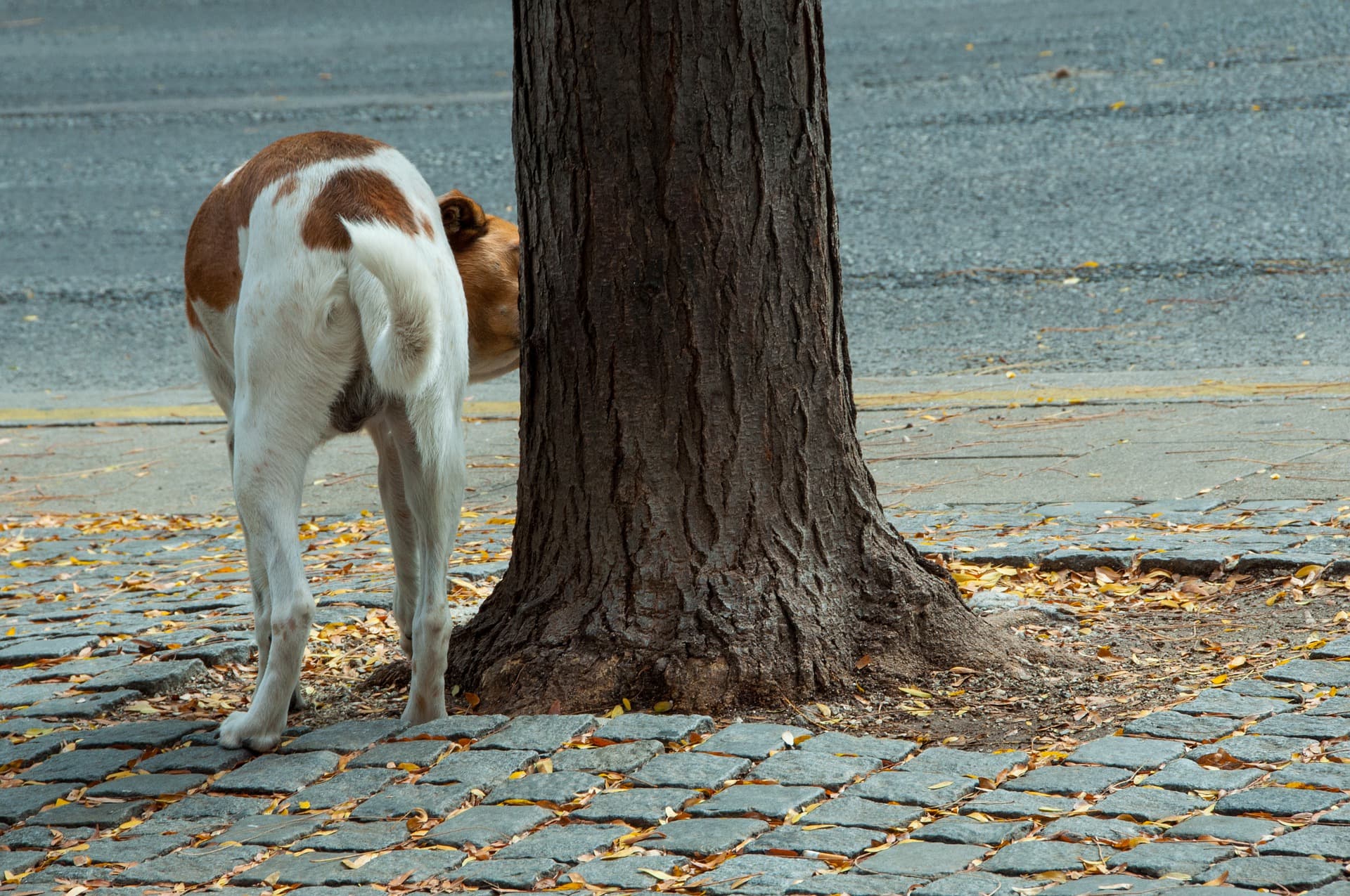
Overmarking
Overmarking is a common occurrence, especially when trees are around. This occurs when one dog smells the urine of another dog on a tree.
Often, the second dog will mark over the scent of the first one. They’re covering up the scent, though other dogs will still likely be able to smell the scent of the first one.
If all the dogs in the neighborhood like to pee on a particular tree, this is likely what’s happening.
Of course, it isn’t always so good for the tree or the grass surrounding it. More often than not, the ammonia will harm the tree and grass. Urine is also high in nitrogen, which can cause yellow spots and even kill vegetation.
Therefore, we don’t recommend letting your dog continuously be in the same sport every day. Often, it will lead to significant issues with the soil composition.
Occasional marking on a tree isn’t enough to hurt it, though.
How Do You Keep Dogs From Peeing on Trees?
There are many reasons you may need to prevent your dog from peeing on trees. As we previously stated, dog urine can cause problems with grass and soil composition. It can also hurt the tree (though this is rarer since it is much more durable than grass).
The easiest solution is to take your dog somewhere else to urinate. If you know they like to pee on a specific tree, don’t take them around that particular tree!
However, this isn’t always possible. If the tree is in your backyard, you likely don’t want to restrict your dog’s access to the whole backyard, for instance.
Training your dog to pee somewhere, in particular, is possible. Offer them a treat when they pee on a particular spot—not when they pee on the tree. Eventually, they’ll learn to pee at an alternative location.
We recommend adding a layer of mulch underneath the tree while you’re training. If your dog ends up accidentally going on the tree despite your best efforts, the mulch will help soak up the extra nitrogen and help save the soil underneath. However, this won’t help protect the bark—and you obviously can’t grow grass under the tree if mulch is there.
There are cage-like devices that you can purchase to go around the tree. These prevent your canine from getting close enough to urinate on the tree. However, they can be an eyesore and aren’t the best long-term solution. They are a straightforward solution, though. We recommend them while training or for trees that are in dire shape and need some help now.
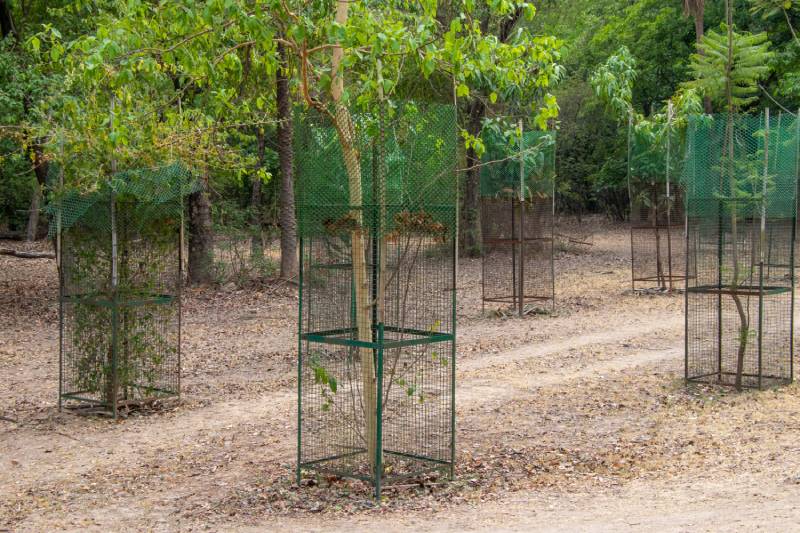
Use Baking Soda and Water
You can utilize baking soda and water to neutralize the nitrogen that has already been deposited underneath the tree. If you have yellow spots on your grass, this method will get rid of them after some time.
Of course, this mixture is only helpful if you’ve already trained your dog to mark elsewhere or have utilized another method to prevent further urination.
If your dog keeps adding nitrogen to the same spot, the baking soda will not work.
Why Does Dog Pee Kill Trees?
It is essential to understand that dog pee doesn’t always kill trees. Typically, it’s the volume that matters the most.
A small dog isn’t going to injure most trees. Their urine output is too small. They don’t add enough ammonia and nitrogen to the soil for it to matter.
However, larger dogs produce a lot more and can potentially be troublesome for smaller trees. They can also kill grass and other vegetation if they constantly use the bathroom in the same spot.
Then, you have to consider the number of dogs marking in the same area. If a tree is in a fenced-in yard, it’s probably only going to be your dogs that are using it. However, if the tree is near a walking path, every dog that walks by may mark it on the tree!
This amount of marking can add up quite quickly! Often, these trees need protection from one of the commercial products we described above. You can’t train every dog walking past not to urinate on the tree, after all, however, you can reach out to a veterinarian and ask them for some training tips.
If you need to speak with a vet but can't get to one, head over to PangoVet. It's an online service where you can talk to a vet online and get the personalized advice you need for your pet — all at an affordable price!

Should You Let Your Dog Pee on a Tree?
Letting a dog pee on a tree once or twice isn’t necessarily a bad thing. It probably won’t hurt the tree for them to urinate once or twice. However, you don’t want them to do it over and over again, or they will eventually hurt your tree.
Many trees will become disfigured over time if dogs continuously urinate on them. Usually, this results in the tree bark becoming disfigured or the tree growing strangely. We highly recommend not letting your dogs urinate on trees as much as you are able. Otherwise, they can easily become damaged by the continuous addition of ammonia.
Placing your tree in a cage may be a suitable option if many different dogs are passing by. However, it is often best to train your dog to urinate elsewhere.
If you’re walking your dog, letting them pee on a tree isn’t recommended. While your dog peeing on the tree once won’t hurt it, you don’t know how many other dogs have urinated on that same tree. If every dog that comes by urinates “just one time”, the tree will become damaged.
Unless you know the tree and how often dogs pee on it, it is best to make your dog pee somewhere else.
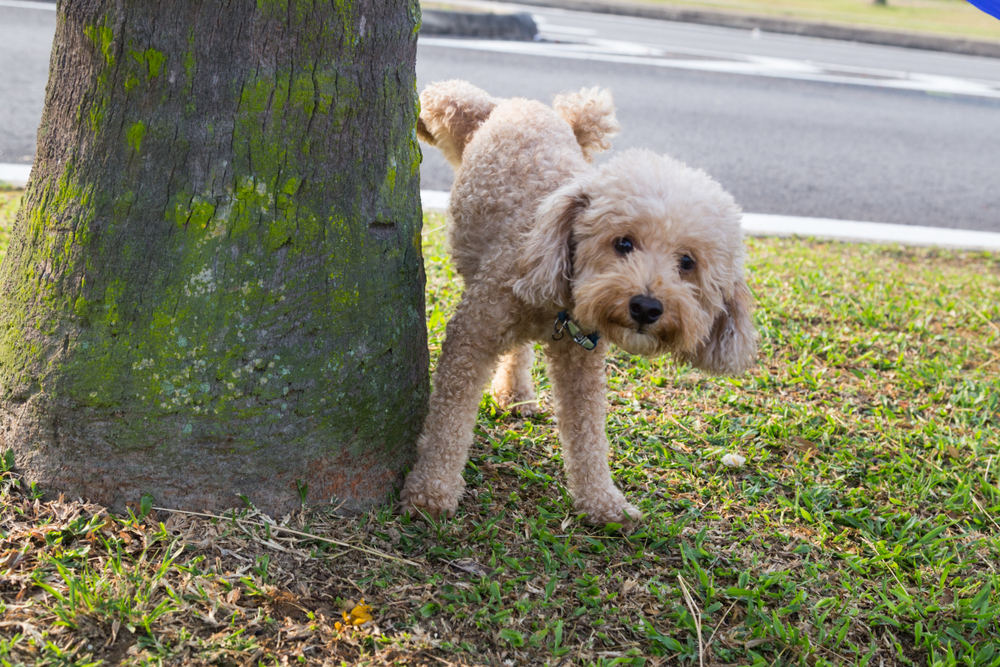
What Trees Are Most Susceptible to Dog Urine?
Younger and smaller trees are often more sensitive to dog urine than older trees. A larger percentage of their surface area will be exposed to the urine, which will lead to a heavier burn effect.
Larger trees are more likely to withstand improper soil conditions and other issues. However, the urine also hits a smaller percentage of their bark, allowing them to withstand the onslaught a bit better.
If you have a younger tree, you should likely protect it from the urine for some time. Just a little bit of dog urine can affect the growth of the tree. It may not directly kill the tree, but it can lead to unsuitable soil conditions and make it grow asymmetrically.
For new trees that you’ve planted, consider installing a box and placing mulch if it is in a heavily trafficked area. These measures will become less important as your dog ages. However, they may be essential for protecting young and vulnerable trees.
Slow-growing and smaller trees will continue to remain susceptible for years to come. You may have to pay particular attention to these trees if you have dogs, as they may die easier than others.
Some plants are naturally more sensitive to higher nitrogen levels than others. Cages often won’t help these plants, as the nitrogen will soak into the soil around them. You should use baking soda on the soil regularly to prevent a build-up of nitrogen. Mulch can also be helpful, as it can absorb some of the urine and prevent it from reaching the soil, to begin with.
While there are many commercial products that may protect your tree from dog urine, the best option is nearly always to prevent your dog from urinating over there, to begin with.
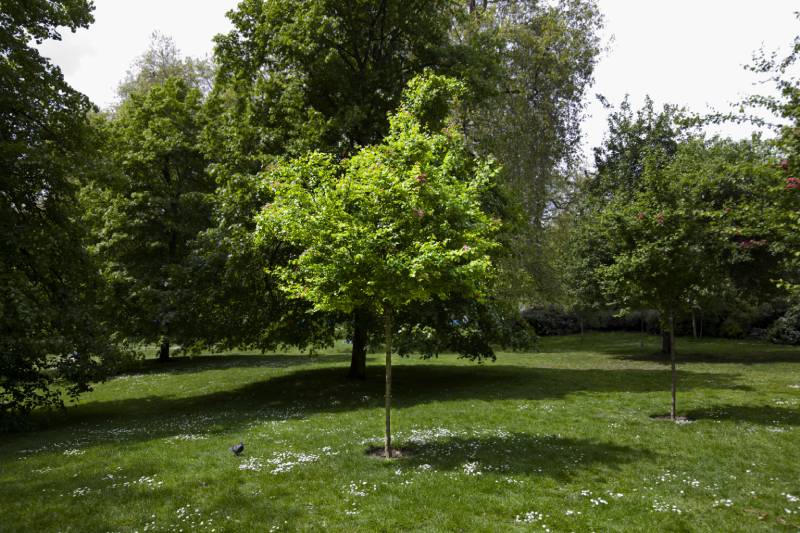

Final Words
Dogs pee on trees as part of a complicated series of social interactions. This likely came from their past as territorial animals, when they would use trees as marking posts to show what was their territory and what wasn’t.
However, it has evolved past that today and is mostly just a social interaction among dogs. They use it to communicate that they were there, as well as other parts of their identity. For instance, in-heat females will communicate their breeding status by urinating on trees.
Dogs often use trees as “community bulletin boards”.
However, the urine can hurt the tree if it is constantly used as a marking post. The ammonia can burn the tree, while the nitrogen in the urine can harm the soil. Smaller and younger trees are often more susceptible to this kind of damage.
See Also:
- 15 Biggest Dog Myths & Misconceptions: It’s Time We Stop Believing These
- Why Do Dogs Pee on Fire Hydrants?
Featured Image Credit: pcdazero, Pixabay
